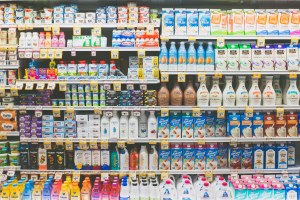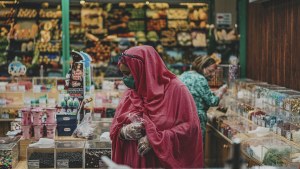A "sustainable food seal" empowers consumers and farmers to support a more sustainable food supply chain.
A “Sustainable Food Seal” Needed to Improve Transparency between Farmers and Consumers about Sustainable Food Production
Climate change is wrecking havoc on the global food supply chain, drawing attention to the benefits of sustainable practices for preserving the food system. As a result, consumers are starting to shift their purchasing behaviors, opting for more sustainable food options that might have a smaller carbon footprint or use fewer resources. To help inform their purchasing decisions, consumers are demanding more information on how and where their food is produced, but they are largely unable to find a labeling system with clear and comprehensive standards; existing "green" and "eco" labels are often private certification schemes that focus on only one aspect of sustainability.
A "sustainable food seal" is a potential solution. A label that would standardize a food product’s eco-score to reduce consumer confusion, sustainable food seals take an inclusive approach to food labeling that use comparable metrics that involve all parts of the food value chain—from farm to fork—and offer the opportunity to validate practices and empower stakeholders to support a more sustainable food supply chain.
Based on a November 2022 roundtable, the first in a series of regular convenings, the white paper “Bridging the Gap: A ‘Sustainable Food Seal’ Needed to Improve Transparency between Farmers and Consumers about Sustainable Food Production” explores current food labeling practices, identifies challenges to label standardization and voluntary adoption, and proposes potential actions and strategies to provide insight into the role a “sustainable food seal” can play in enhancing sustainability through food.













